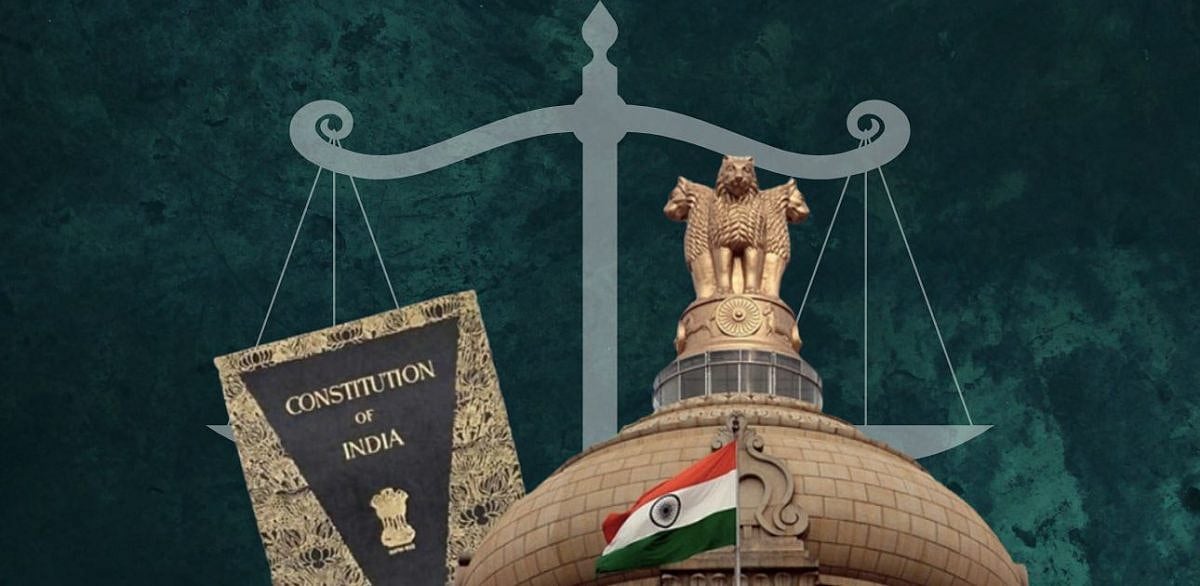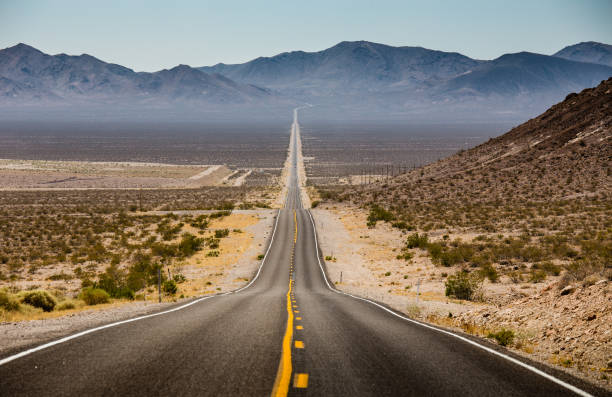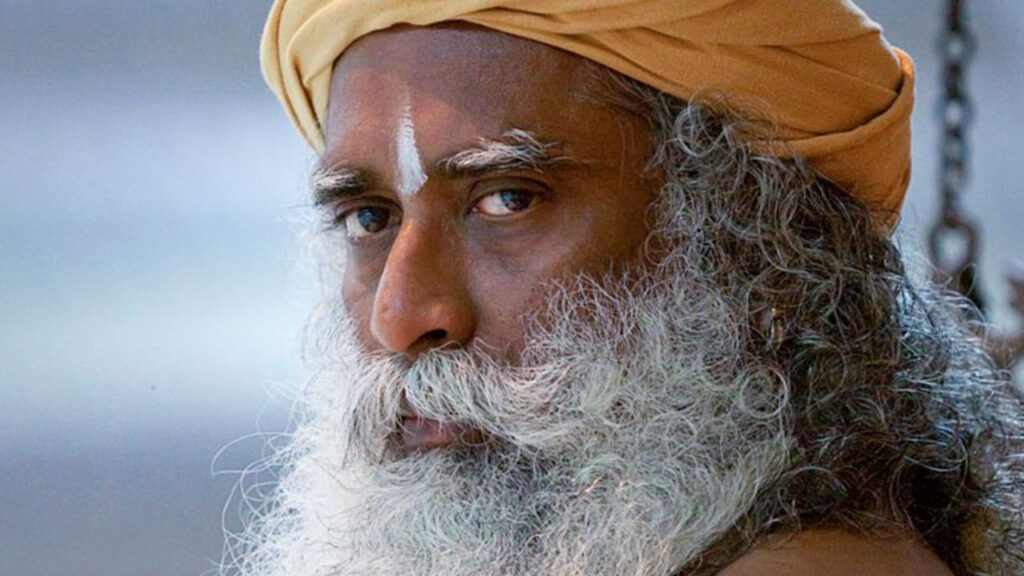
25 Interesting Facts about the Indian Constitution
Constitution Day (or Samvidhan Divas), also known as National Law Day, is celebrated in India on November 26 every year to commemorate the adoption of the Constitution of India. On November 26, 1949, the Constituent Assembly of India adopted the Constitution of India, which came into effect on January 26, 1950. Do you think you know everything there is to know about the Indian Constitution? Think again! Check out these 25 interesting facts about the Indian Constitution you may have never heard.
Fact#1. The Indian Constitution has been taken from 10 different countries of the world. Hence it is also called a borrowed bag. The Constitution is based on the basic structure.
Fact#2. Dr. Bhimrao Ambedkar, the first Law Minister of Independent India and the Chairman of the Constituent Assembly, is called the father of the Indian Constitution.
Fact#3. On January 24, 1950, when the Constitution was being signed in Parliament two days before it was being applied, it was raining at that time, and the members of the Constituent Assembly had said it was auspicious. This was the last meeting of the Constituent Assembly, and on this day, Dr. Rajendra Prasad was elected as the first President of India by the Constituent Assembly.
Fact#4. There is also the signature of 284 members of the Constituent Assembly on the Indian Constitution, out of which 15 were women. Most members signed their signatures in English, some even in Hindi. Abul Kalam Azad did his signature in Urdu.
Fact#5. Before finalizing the Indian Constitution, it was kept for discussion and debate, and then more than 2000 amendments were made.
Fact#6. For the implementation of the Constitution, the day of January 26 was chosen because it was the anniversary of Swaraj Day. This day makes the Most Interesting Facts about the Indian Constitution.
Fact#7. The Constitution of India was ready on November 26, 1949, but it was officially implemented on January 26, 1950, and on this day, we also celebrate Republic Day.
Fact#8. The total number of members of the Constituent Assembly was fixed at 389, including representatives of 292 British provinces, 4 Chief Commissioner’s Representatives, and representatives of 93 national principals. These numbers were later reduced to 299. Hyderabad was a princely state whose representatives did not attend the Constituent Assembly.
Fact#9. The first meeting was held on December 9, 1946, to make the Constitution, and it took 2 years, 11 months, and 18 days to create it. Dr. Rajendra Prasad was elected the Speaker of the Constituent Assembly, and Dr. Bhimrao Ambedkar was made the Chairman of this Committee.
Fact#10. The actual copy of the English and Hindi version of the Constitution is kept in Hiliam’s box in Parliament Library.
Fact#11. The Most Interesting Fact about the Indian Constitution is that it is the longest-written Constitution in the world. It is divided into 25 parts, with 448 articles and 12 schedules. There are 117,369 words in its English version, which used 254 pen nibs in writing and took six months. Around 6.3 million was spent on this whole work.
Fact#12. India’s Constitution is a handwritten document, not a machine. Prem Bihari Narayan Raijada wrote it with their hands in italic style. Every page of Santiniketan’s two artists was indifferently decorated with his hand name Ram Manohar Sinha, Nandlal Bose.
Fact#13. Indian Constitution currently gives six fundamental rights to the citizens of India, which had taken from the Constitution of the United States. Right to Equality, Right to Freedom, Right Against Exploitation, Right to Freedom of Religion, Culture, and Education, and Right to Constitutional Remedies. The exciting thing is that property was also a fundamental right in the beginning. Article 31 of the Indian Constitution states that no person can be deprived of his property, but this right was removed in the 44th Amendment of the Constitution, 1978.
Fact#14. The national symbol of India is Saranath which also has a lion, Ashok Chakra, bull, and horse. It was adopted on January 26, 1950.
Fact#15. According to the preamble of the Indian Constitution, India is a federal, socialist, secular, and democratic republic. The word socialism was added in 1976 through the 42nd Amendment.
Fact#16. According to the first article of the Indian Constitution, India is a union of all states. Dr. Bhimrao Ambedkar also clarified that India is a union, and no state has the right to separate from India.
Fact#17. To promote awareness of the Constitution, it celebrates the occasion of November 26 as Constitution Day.
Fact#18. An exciting Fact about the Indian Constitution is the Constitution of India is considered to be one of the best constitutions in the world since our Constitution has just made 102 revisions.
Fact#19. The idea of a five-year plan was taken from the Soviet Union. And the concept of socio-economic rights has been taken from Ireland.
Fact#20. The provision of trade and commerce has been taken from the Constitution of Australia.
Fact#21. Emergency provisions have been taken from Germany in the Indian Constitution.
Fact#22. Under the law in which the Supreme Court works in India, it has been taken from Japan.
Fact#23. The French Revolution inspires more words in the preamble of the Indian Constitution.
Fact#24. Power-sharing between the federal system, union, state relations, and union-state has been taken from the Constitution of Canada.
Fact#25. The introduction of the American Constitution inspires the preamble of the Indian Constitution. The preamble of the American Constitution and the preamble of the Indian Constitution begin with both.
Some Important points related to Indian Consitution
I. Introduction
- Brief overview of the Indian Constitution and its importance
- Mention of the main topic of the article, which is interesting facts about the Indian Constitution
II. The Constitution’s Length and Complexity
- The Indian Constitution is the longest written constitution in the world
- The Constitution’s length and complexity as a reflection of India’s diversity and democratic values
III. The Constitution’s Framers
- The Constituent Assembly and its members
- The role of Dr. B.R. Ambedkar as the Chairman of the drafting committee
IV. The Constitution’s Philosophy
- The Constitution’s philosophical foundations in the ideas of justice, liberty, equality, and fraternity
- The Constitution’s emphasis on the protection of individual rights and the promotion of social welfare
V. The Constitution’s Preamble
- The Preamble as the summary of the Constitution’s philosophy and objectives
- The significance of the Preamble in interpreting the Constitution
VI. The Constitution’s Parts, Articles, and Schedules
- The Constitution’s division into three main parts: the fundamental rights, the directive principles of state policy, and the administrative structure
- The Constitution’s articles and schedules as the legal framework for the government of India
VII. The Constitution’s Fundamental Rights
- The Constitution’s provisions for the protection of individual rights such as freedom of speech, religion, and movement
- The Constitution’s provisions for the protection of the rights of marginalized groups such as Dalits, tribals, and women
VIII. The Constitution’s Directive Principles of State Policy
- The Constitution’s provisions for the promotion of social welfare and economic development
- The Constitution’s provisions for the protection of the environment and the rights of animals
IX. The Constitution’s Administrative Structure
- The Constitution’s provisions for the organization of the government of India into three branches: the executive, the legislature, and the judiciary
- The Constitution’s provisions for the distribution of power between the center and the states
X. The Constitution’s Amendments
- The Constitution’s provision for the amendment process and the role of the parliament
- The Constitution’s major amendments and their impact on the Constitution
XI. Conclusion
- The importance of understanding the Indian Constitution and its interesting facts
- Call to action for readers to learn more about the Constitution and its role in shaping India’s democracy and society.
Friends, We hope you have read interesting facts about the Indian Constitution and that you must have liked these facts. If you liked Interesting Facts About the Indian Constitution, share this post with your friends. Share your thoughts about the Indian Constitution in the comment section.

Death Valley Road Length: The 300 km Road without a Turn

20 Interesting Facts About Sadhguru Jaggi Vasudev

20 Interesting Facts About Bikes and Royal Enfield

11 Interesting Facts About Hockey Star Nilam Sanjeep Xess

Discover New Fine Dining Restaurants in Richmond

Death Valley Road Length: The 300 km Road without a Turn

Death Valley Road Length: The 300 km Road without a Turn


